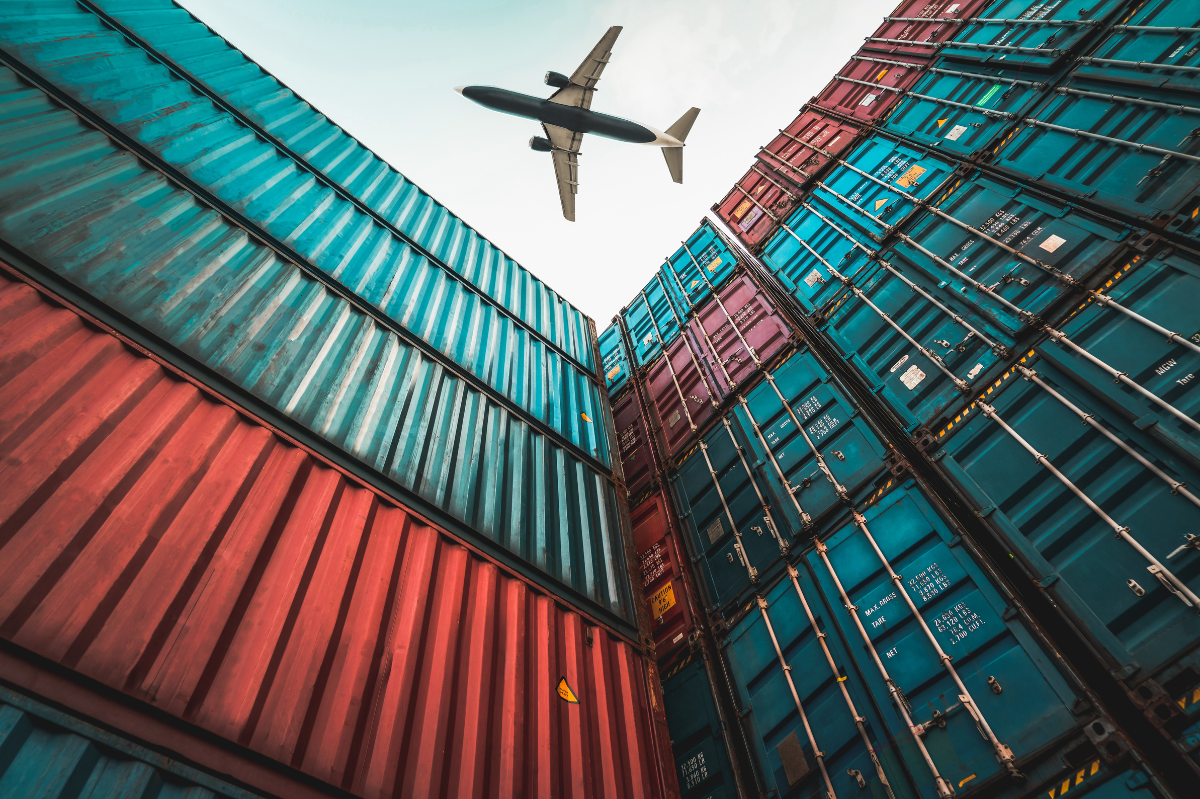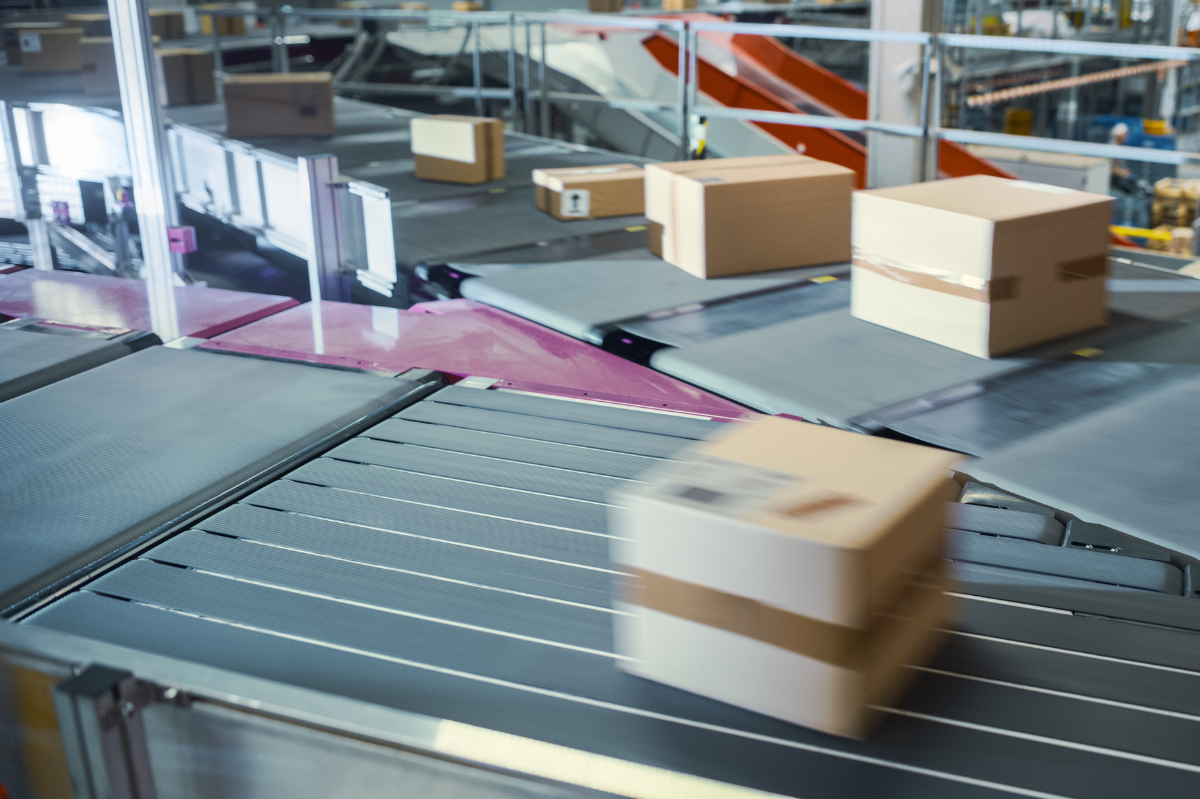Sustainable ecommerce shipping is no longer a “nice to have”, it’s a strategic necessity for ecommerce brands that want to lower emissions, enhance operational efficiency, and maintain profitability. While sustainability is often perceived as an added expense, the truth is that green logistics strategies frequently lower operating costs when they’re supported by accurate data, efficient workflows, and scalable shipping solutions.
Today’s logistics companies, regulatory bodies, and customers expect ecommerce operators to embrace green shipping, reduce their greenhouse gas emissions, and adopt sustainable logistics practices that protect both the environment and margins. By making data-driven decisions and adopting sustainable practices across the entire supply chain, ecommerce brands can significantly reduce their carbon footprint, improve customer satisfaction, and gain a meaningful competitive advantage.
Why Sustainable Ecommerce Shipping Matters for Climate Change and Cost Control
The pressure to embrace eco friendly shipping and reduce carbon emissions has never been greater. Rising concern around environmental issues, the impact of climate change, and harmful emissions from traditional diesel engines has pushed the logistics industry to rethink how goods move through global supply chains.
What’s Driving the Shift?
- Customer expectations: Over 70% of customers prefer brands that prioritize sustainability, eco friendly options, and reduced environmental impact.
- Cost alignment: Inefficient packaging, unnecessary packaging material, long travel distances, and default fast shipping methods increase fuel consumption, carbon dioxide output, and operational cost.
- Regulatory pressure: Governments are requiring businesses to track, disclose, and reduce carbon emissions and energy consumption throughout their logistics operations.
- Human health & environment: Burning fossil fuels continues to harm air quality and public health, strengthening the need for green logistics and renewable energy sources.
Sustainable ecommerce shipping addresses these challenges head-on, enabling ecommerce brands to build a more sustainable future while improving logistics performance.
Green Shipping: Key Levers for Reducing Your Carbon Footprint Without Increasing Spend
Below are the most effective, scalable, and profitable levers for ecommerce brands adopting sustainable ecommerce shipping.
1. Green Shipping Through Smarter Packaging to Reduce Emissions (Carbon Footprint)
Packaging plays a major role in emissions, cost, and efficiency. Sustainable ecommerce shipping starts with optimizing packaging materials, dimensional weight, and outbound carton logic.
How Ecommerce Brands Can Improve Packaging Sustainability
- Use right-size packaging algorithms to reduce dimensional weight and improve overall efficiency.
- Track cubic utilization per shipment to highlight SKU-level waste.
- Adopt sustainable packaging: recyclable, biodegradable, or reusable materials.
- Replace packing peanuts with recyclable kraft paper or molded fiber.
- Reduce unnecessary packaging material and oversized cartons.
- Choose packaging that supports the circular economy to reduce waste.
These adjustments reduce emissions, lower shipping surcharges, and contribute to a cleaner shipping process.
2. Green Logistics and Fulfillment Network Optimization to Reduce Carbon Emissions
Travel distance is one of the biggest drivers of cost and emissions in ecommerce.
Strategies for Embracing Green Logistics
- Use zone skipping to consolidate and inject freight deeper into carrier networks.
- Place inventory closer to customers to reduce travel distances.
- Leverage predictive analytics to model cost-per-mile and emissions-per-order.
- Improve reverse logistics to manage returns more efficiently.
Shorter routes mean lower fuel consumption, fewer emissions, and faster delivery.
3. Carrier Selection Based on Carbon Emissions and Green Shipping Options
Not all carriers operate with the same efficiency. Smart carrier selection can dramatically improve sustainable ecommerce shipping outcomes.
What to Evaluate
- Carbon emissions per shipment
- Fuel consumption, mile efficiency, and regional emissions
- Opportunities to shift volume to regional carriers
- KPIs: grams of CO2 per mile, emissions per order
Forward-thinking ecommerce brands are also choosing carriers that use:
- Electric vehicles
- Electric trucks
- Hydrogen fuel cells
- Renewable energy sources like solar panels
4. Eco Friendly Shipping and Last Mile Optimization
The last mile is responsible for the majority of ecommerce-related emissions.
Sustainable Last Mile Tactics
- Offer flexible delivery windows to enable route consolidation.
- Encourage customers to choose pickup points, lockers, or drop-off hubs.
- Use advanced algorithms and real time tracking for optimal routes.
- Track delivery density KPIs (shipments per route mile).
Cleaner, more efficient last mile logistics help reduce your ecological footprint while maintaining customer satisfaction.
5. Reverse Logistics: Returns as a Sustainability Lever
Most ecommerce brands underestimate the emissions impact of returns.
Improve Return Sustainability
- Consolidate return drop-offs instead of scheduling individual pickups.
- Use analytics to identify high-return SKUs (sizing issues, defects, misleading content).
- Measure the return rate impact on total emissions.
A streamlined reverse logistics strategy reduces fuel use, handling, waste, and cost.
Eco Friendly Shipping: Optimizing Inventory Management for Lower Emissions
Better inventory management is one of the most overlooked levers in sustainable ecommerce shipping.
Results of Proper Stock Level Management
- Fewer emergency restocks
- Less packaging waste
- Reduced transportation inefficiency
- Lower energy consumption in storage
- Fewer multi-shipment orders
This tightens your sustainable supply chain and ensures a healthier, more efficient operation.
Green Logistics: Leveraging Technology and Advanced Algorithms for a More Sustainable Future
Technology accelerates sustainable ecommerce shipping with automation, tracking, and data intelligence.
Tools That Drive Sustainable Logistics
- Real-time carbon tracking dashboards
- AI-driven carrier selection engines
- Route optimization systems
- Predictive inventory tools
- Smart packaging systems
These innovative strategies enable companies to make better data driven decisions for both sustainability and profitability.
Carbon Emissions Reporting: Measuring and Showcasing Progress
You can’t improve what you don’t measure. Reporting sustainability progress is essential for ecommerce brands committed to long-term change.
Track These Key Indicators
- Carbon footprint per shipment
- Dimensional weight efficiency
- Travel distances and delivery density
- Warehouse energy consumption
- Packaging waste and reuse rates
- Emissions from reverse logistics
Transparent reporting strengthens brand trust and aligns your organization around shared sustainability goals.
Eco Friendly Options: Building a Scalable Sustainability Framework
To maintain sustainability without increasing operational costs, ecommerce businesses need a structured approach.
The Framework for Scalable Green Shipping
- Measure
Track shipping KPIs alongside carbon-related metrics. - Analyze
Compare carriers, packaging, lanes, and emissions. - Optimize
Automate decision-making for routing, packaging, and carrier selection. - Integrate
Implement just-in-time inventory management, embrace the circular economy, and reduce waste across the supply chain. - Report
Include sustainability metrics in quarterly operations reviews.
This framework helps brands align with their core values while creating real positive impact.
Final Thoughts: Sustainable Ecommerce Shipping as a Competitive Advantage
Sustainable ecommerce shipping is more than a trend, it’s a roadmap to efficient, profitable, and environmentally responsible ecommerce operations. By optimizing packaging, reducing travel distances, improving network design, refining carrier strategies, and rethinking returns, ecommerce brands can significantly reduce their emissions while enhancing performance.
When companies commit to:
- Green shipping options
- Renewable energy sources
- Eco friendly shipping
- Reducing waste
- Lowering greenhouse gas emissions
- Adopting sustainable practices
- Building resilient supply chains
…they create a more sustainable future for customers, the environment, and their bottom line.
Brands that align sustainable ecommerce shipping with intelligent data systems, operational discipline, and strong core values will thrive in an increasingly competitive, environmentally conscious marketplace.
Related Topics
Learn how VESYL can save you money on shipping
Not sure which plan suits you best? Have questions about our software? Contact our sales team for expert guidance.
.png)
.png)
.png)
.png)

.png)

